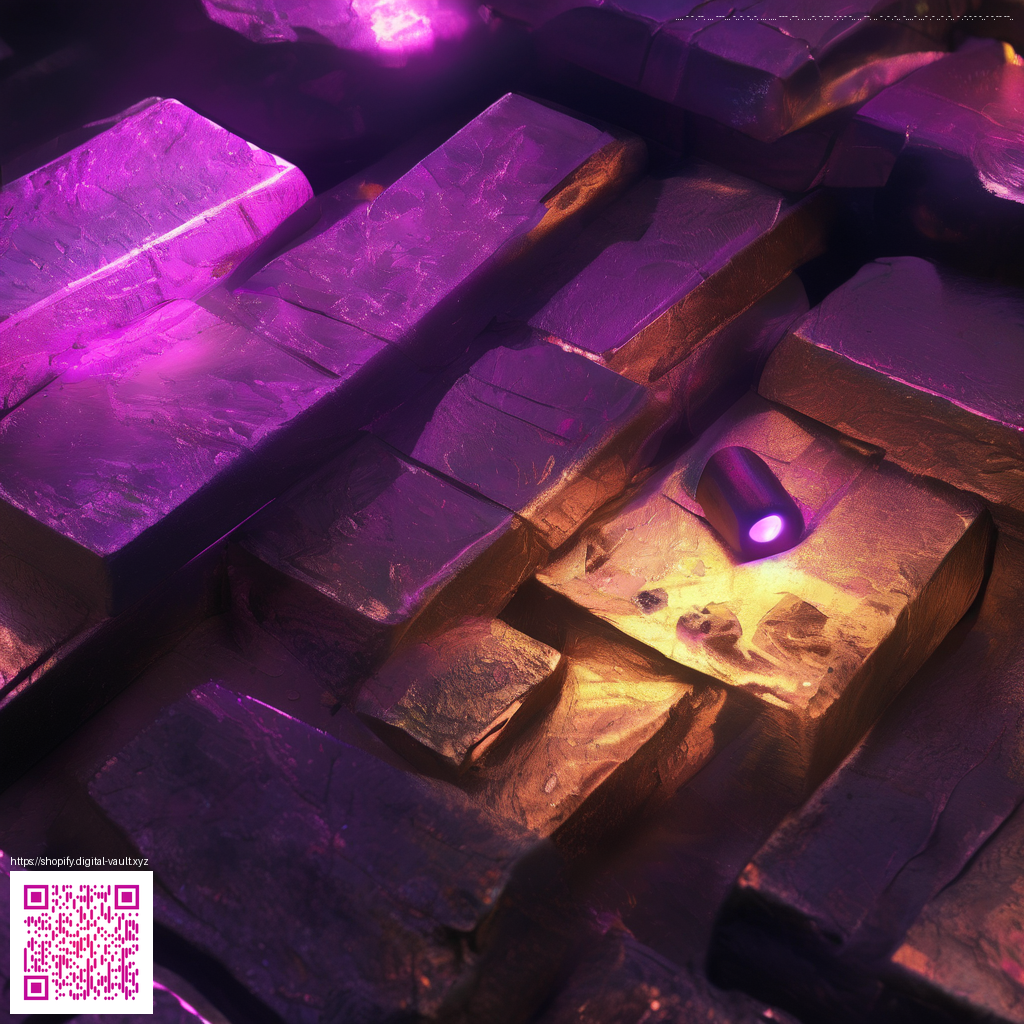
Minecraft invites us to turn the world’s most recognizable silhouettes into playable landscapes. Real-world landmarks — from towering spires to grand monuments — challenge builders to balance scale, texture, and symmetry in a way that feels both authentic and approachable. The result isn’t a simple replica; it’s a creative interpretation that captures the essence of a structure while reimagining it through the game’s distinctive blocky language. Whether you’re new to large-scale builds or you’re refining a long-term project, the process is as rewarding as the finished model.
From blueprint to block: planning your landmark builds
Successful Minecraft builds begin with solid planning. Start by selecting a landmark you’re curious about, then gather high-quality reference images from multiple angles. This helps you understand proportions and the rhythm of elements such as arches, domes, and spires. When you translate these cues into blocks, think in layers: base mass, mid-detail, and surface texture. A practical approach is to sketch a rough footprint on graph paper or in a digital grid, so you can map out how many studs wide or tall each section needs to be.
Key steps to get your scale right
- Choose a scale: Decide how many Minecraft meters will correspond to real-world meters. A common starting point is 1:50 or 1:100 for sprawling structures, then adjust for room to add detail.
- Define core shapes: Break the landmark into recognizable forms—a cylinder here, a pyramid there, a sweeping arch. Capture the silhouette first, then fill in interior spaces.
- Select palettes: Real-world materials translate differently in Minecraft. Sandstone, quartz, and stone bricks often substitute for limestone and marble; cobblestone can convey weathered stone, while glass gives you crisp panes for windows and skylights.
- Plan stages: Build a rough exterior shell, then move inward to chambers, staircases, and interior decor. This staged approach keeps momentum and avoids getting bogged down in detail too early.
“The small details matter, but the overall shape and proportion matter more. Nail the silhouette, then let texture tell the story.”
Landmark spotlights: how to approach several iconic silhouettes
Every landmark has a signature gesture that makes it instantly recognizable. Here are a few approaches that work well in Minecraft:
- The Great Pyramid of Giza: Focus on a stepped mass with a steep, yet stable, profile. Use limestone and sand as your core palette, and gradually add weathering with lighter and darker blocks to mimic wind and sand exposure.
- The Eiffel Tower: Start with a lattice framework translated into iron or dark oak accents. Capture the taper and the graceful arches at the base, then layer in a narrow crown at the top.
- The Great Wall of China: Build long, undulating lines with periodic watchtowers. Use stacked stone bricks and sandstone to convey weathered stone while adding watchtower silhouettes for rhythm along the length.
- Taj Mahal: Emphasize symmetry with a central dome, square plinths, and delicate minarets. White blocks, marble-like textures, and light coloration help achieve that ethereal glow.
- Sydney Opera House: Focus on the shell shapes using curved blocks and smooth transitions. White and light-grey materials with subtle shadowing bring out the sail-like forms.
As you tackle each landmark, keep a running log of what worked and what didn’t. This not only helps you improve future builds but also creates a personal reference you can return to when you start a new project. If you’re curious about more ideas and step-by-step walkthroughs, you can explore related content at this resource page.
Techniques and tips for texture, lighting, and detail
Texture is the lifeblood of a convincing replica. Layer materials to imitate natural weathering: mix smooth blocks with rougher textures, vary color slightly to emulate aging, and exploit subtle gradients to suggest depth. Lighting also plays a critical role: warm torches and glowstone can simulate sunset or dawn illumination, while strategic shading creates depth in arches and alcoves. Don’t shy away from corners and interiors; even modest spaces benefit from a thoughtful arrangement of blocks that hints at function and history.
Small, iterative goals keep motivation high. Build a quarter of your landmark first, then replicate it in the remaining quadrants. This approach helps you maintain symmetry while avoiding burnout. If you’re looking for gear to keep you productive during long planning and building sessions, consider a reliable surface like this Gaming Mouse Pad 9x7 Neoprene with Custom Print for a comfortable setup that doubles as a personalized reference map during sessions. For more inspiration and practical build guides, this article pairings with related content can be helpful.
Patience pays off. Some builds take weeks or even months to reach a satisfying finish. Embrace the process, document your progress, and celebrate the moment when a landmark finally captures the characteristics that made you choose it in the first place.